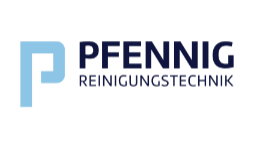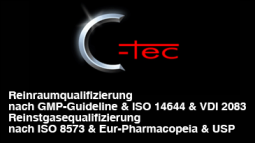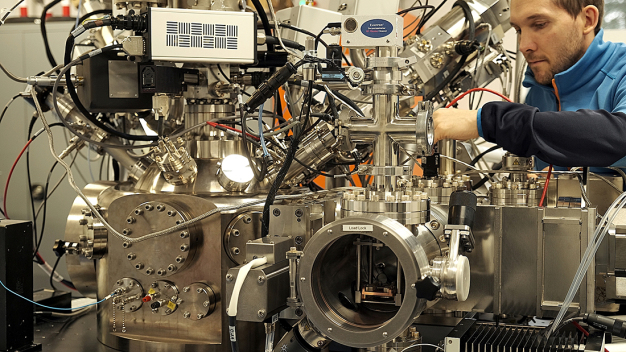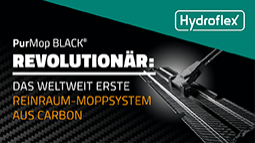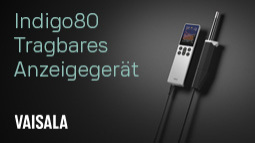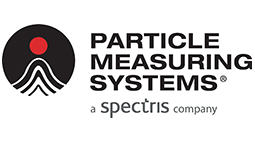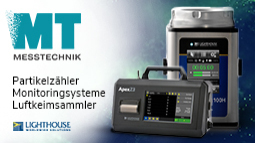- Science
Quantum computers in silicon
Development of a new European quantum technology begins
The EQUSPACE consortium (Enabling New Quantum Frontiers with Spin Acoustics in Silicon) has received 3.2 million euros from the European Innovation Council's (EIC) Pathfinder Open funding program to advance the development of silicon-based quantum technologies. In addition to the Helmholtz-Zentrum Dresden-Rossendorf (HZDR), the project brings together four other partners from three EU countries and convenes experts from the fields of spin qubits, optomechanics and atomic silicon modifications to develop a novel silicon-based quantum platform.
Although silicon is the central material for classic computers, it does not play a key role in the currently favored quantum computer concepts. However, it would make a lot of sense to use the multi-billion euro silicon infrastructure already developed with semiconductor technology to process qubits - the quantum mechanical information units. Researchers have shown that so-called donor spin qubits are actually particularly well suited for this endeavor. These qubits use a property of impurity atoms, their spin, to process information. Compared to other quantum systems, they are characterized by long periods of time over which they remain stable in order to perform quantum mechanical computing operations. Currently, however, they are not the workhorse of commercial quantum computers, as there are no suitable coupling and readout mechanisms that could be used to scale them up to a practically usable level.
EQUSPACE now aims to create a long-term future for silicon-based donor spin qubits in Europe. The platform makes an effort to connect the qubits, which are based on tiny atomic spins, via sound waves in vibrating structures. Lasers and single-electron transistors will also be used to electrically read out the result at the end of the quantum mechanical calculation. The project seeks to provide a scalable solution for all important aspects of a quantum platform: the control and readout of the result, the spin-spin coupling between qubits, and the transmission of quantum information between computing units on the chip. The final outcome could be a complete quantum information platform that includes qubits, interconnects and scalable control and readout electronics.
HZDR expertise in silicon quantum technology
A team from the Institute of Ion Beam Physics and Materials Research at HZDR will contribute its expertise in the atomic modification of silicon for quantum applications and further develop the materials science methods required as a basis for the project. The team will use a focused ion beam to locally enrich ultra-pure silicon with the isotope silicon-28. Compared to many other materials, silicon-28 has the advantage that its atomic nuclei have no spin that could interact with magnetic fields or the spin of other particles and thus interfere with the calculations. “Through the targeted enrichment with special isotopes, the quantum state remains stable for longer timespans. This allows more complex quantum operations, and the platform could thus outperform classical computers and other quantum computer systems in the future,” says HZDR project manager Dr. Nico Klingner.
In addition to isotope purification, the team is developing the single-ion implantation of donor atoms. The aim is to implant individual bismuth atoms whose spin forms a two-state system that can point either “up” or “down”. The special feature of qubits is that at very low temperatures, both states can exist simultaneously in superpositions: the spin can be in a combination of the “up” and “down” states at the same time. This allows quantum computers to perform many calculations in parallel, which can drastically increase their computing power.
One of the main advantages of donor spin qubits is their relative stability compared to other types of qubits, for example those based on superconducting circuits. The spin in a donor atom is less susceptible to perturbations from the environment, so the quantum state can be maintained over longer periods of time. This stability is essential for scaling quantum computers to a larger number of qubits without losing coherence or precision of computations. “These contributions from HZDR, especially in the areas of isotope purification, implantation and strain engineering in semiconductors, are fundamental to the success of the EQUSPACE project,” states Professor Juha Muhonen, the coordinator of the project.
Strengthening Europe's position in the global quantum competition
The EQUSPACE consortium includes researchers from the University of Jyväskylä, the VTT Technical Research Center of Finland, the HZDR, the NWO Institute AMOLF in the Netherlands and the Finnish start-up SemiQon Oy. The collaboration reflects Europe's growing commitment to the global quantum race. As global competition intensifies, the European quantum industry is facing major challenges from competition from leading countries such as the USA, China, Canada and Australia.
“EQUSPACE's approach is crucial to ensure that Europe remains competitive in the rapidly advancing field of quantum technologies. With this funding, EQUSPACE is building a strong research network in Europe based on donor spin qubits - a development that will strengthen the European quantum industry in the long term,” explains Muhonen. The funding is part of the Horizon Europe funding program. The project, led by the University of Jyväskylä, will begin on February 1, 2025.
Funded by the European Union. Views and opinions expressed are however those of the author(s) only and do not necessarily reflect those of the European Union or the European Innovation Council. Neither the European Union nor the granting authority can be held responsible for them.
More information:
Prof. Juha Muhonen
Universität Jyväskylä
Phone: +358401905352 | Email: juha.t.muhonen@jyu.fi
Dr. Nico Klingner
Institute of Ion Beam Physics and Materials Research at HZDR
Phone: +49 351 260 2524 | Email: n.klingner@hzdr.de
Helmholtz-Zentrum Dresden - Rossendorf e. V.
01328 Dresden
Germany

